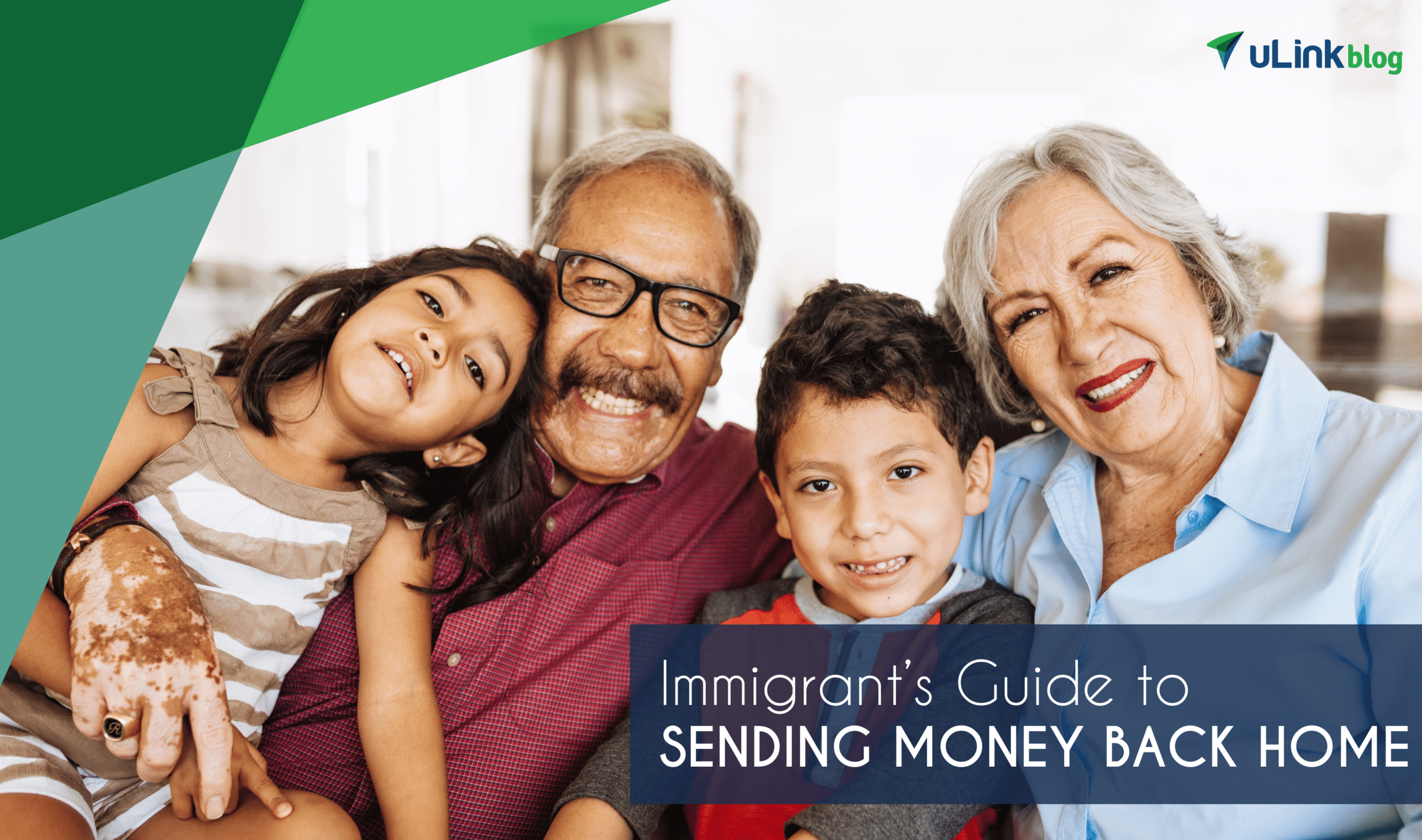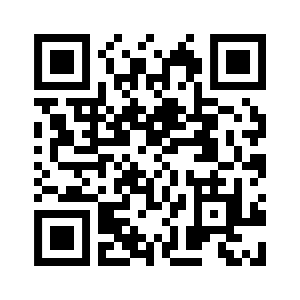
Are you living in the U.S. as an immigrant and need to send money home to loved ones? Then you need to send a remittance.
The very word “remit” means “to send back.” So it makes sense that we use “remittance” to describe a sum of money that a person working abroad sends to their family back home.
Every day, millions of international migrants living and working in the U.S. send money to their loved ones in countries spanning every continent across the globe. Moreover, every year more than 270 million people like you send remittances to their home countries.
According to the International Forum for Agricultural Development, on average, immigrants worldwide send US$200-$300 home every one or two months. What they send can make up as much as 60% of a household’s total income!
Why you might send remittance payments home
There are many reasons that international migrants living in the U.S. might send money to family and loved ones in their home country.
Worldwide, most remittances go to poorer households. These payments help:
- Put food on the table.
- Pay for housing.
- Cover education and health care expenses.
- Repay loans.
- Provide supplemental income (e.g., when there is a loss of crops).
- Cover family emergencies.
More than half of remittances worldwide go to homes in rural areas, where 75% of the world’s poor and food-insecure live.
A smaller percentage of remittances go to “richer” households. For example, you may send money to help provide capital for your relatives’ businesses or entrepreneurial activities. Your payments can then be saved or invested into things that generate income and jobs.
Remittances help reduce poverty
Remittances are one of the biggest sources of income for people in low-income and developing nations—often exceeding assistance from international development programs.
In other words? Your payments have power.
How do you remit money?
Gone are the days of sending money in an envelope by international mail. Instead, consider one of these options:
Money transfer service
This type of company may allow you to do transfers either online, in-person, or both. Some specialize in helping migrants and immigrants—which is especially useful if you need to send frequent payments back home, because they have a solid understanding of the complexities associated with international transactions across multiple countries. Some money transfer services also have outlets in post offices, grocery stores, pharmacies and convenience stores.
Prepaid cards
Rather than sending funds, you may consider helping loved ones by sending them prepaid debit or credit cards. Simply load funds onto the card, and your beneficiary can spend that money at stores and online. However, prepaid cards may not be accepted in all countries. They also often require an additional fee just to use them, and currency exchange fees may apply.
How remittance works: the basics
What does a remittance transaction look like? The process is slightly different depending on which business you send payment through. But generally, there are three main steps:
- As the sender, you pay the remittance (with fees) to the sending agent. The sending agent is the company you choose you send payment through. Your payment options may include using cash, check, money order, credit card, debit card, or bank account—and might be paid in-person, via email, by phone, or online.
- The sending agency instructs its paying agent to deliver the remittance. The paying agent is the company on the other end of the transaction, located in the country where your loved one lives.
- The paying agent makes the payment to your loved one (also referred to as the beneficiary).
Remittance fees: what to expect
It costs money to send money. When you send a remittance, you must pay a fee in addition to the money you’re sending back home. Generally, your fee is a combination of these two charges:
- A cost charged by the sending agent (the company through whom you’re sending payment)
- A currency-conversion fee for delivery of local currency to your loved one in your home country
The World Bank says the average cost to send remittance payments from the U.S. is about 6% of the amount sent. However, other factors may bring your fees up or down, including:
- The country you are sending money to. Your beneficiary’s exchange rate will play into your fee structure, as will whether you are sending funds in $USD or local currency.
- The type of sending agent you choose. The World Bank also says that, on average, banks are the most expensive type of service provider. Worldwide, people who use banks for remittance payments pay an average fee of 10.73% on top of what they send to loved ones.
- Whether you remit payments digitally or non-digitally. Globally, the costs for non-digital remittances are higher than if you send payment online.
What to look for in a remittance service provider / sending agent
When searching for a service provider you can trust, ensure they have systems and processes in place that protect you, your family, and your money. Here are a few things to look for:
- No surprise fees. You want transparency from the organization you are dealing with. They should be upfront and honest about any fees right from the get-go—so you know the cost before hitting “send.”
- Secure, reliable online service. Your service provider’s platform should be set up to protect you from identity theft and security breaches.
- Fast processing. Ensure they live up to your expectations with timely processing.
- Customer service. Especially when you’re dealing with multiple time zones, it’s critical to be able to reach your service provider —and to be able to speak with an actual person who can address your questions.
- Discounts, promotions and referral bonuses. Look for a provider who appreciates your business and offers you occasional savings for your loyalty.
Trust in uLink
With just a few taps of the uLink app, you can send money to more than 143,000 locations in over 51 countries worldwide, from the comfort of your own home.
Speed, Convenience and Security
With uLink, you can safely send money directly to banks and cash pick-up locations worldwide. Log in securely using Touch ID, track your transfer, review transaction history, get regular updates, and make repeat transfers quickly and easily with our Quick Send option.
Pay Less, Send More
Enjoy great exchange rates and low fees on every transfer, ensuring more of your hard-earned money makes it back home to the ones you love. Pay with your bank account, debit or credit card, and add or edit beneficiaries with ease.
No Hidden Fees
uLink provides a complete fee breakdown before you place your transaction—including the daily exchange rate, daily sending limit, and taking into account promotional offers you may be eligible for.
With our ever-expanding payment network, you can rest assured your funds are transferred directly to major banks and cash pick-up locations. uLink also provides home delivery options in select countries.
Get started with uLink today
Download the uLink Money Transfer app on Google Play or on the App Store to support your loved ones in a safe, fast and convenient way—when it matters the most.









